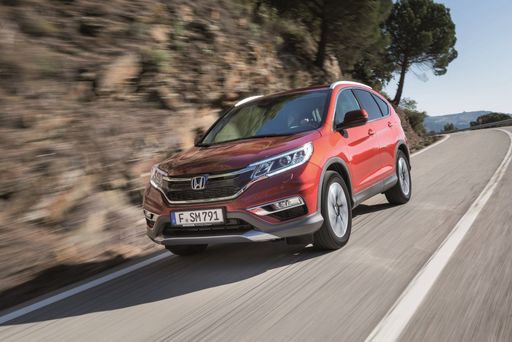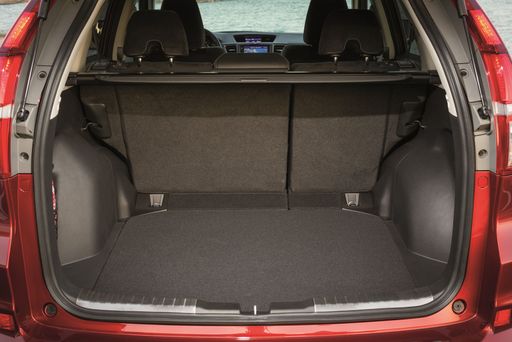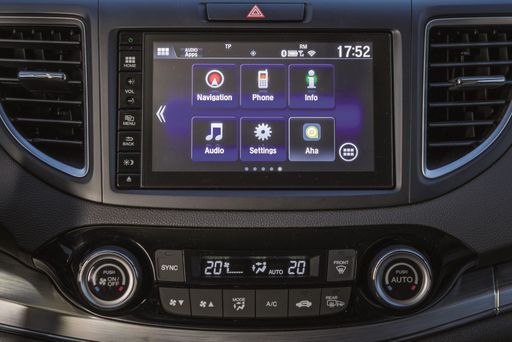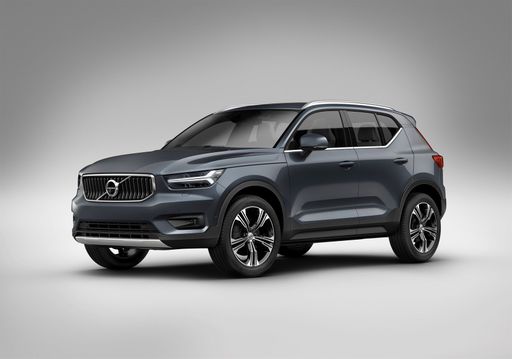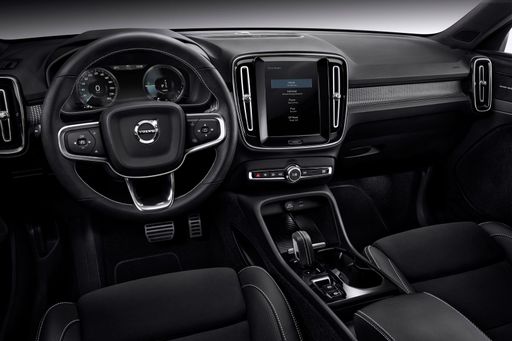Honda vs Volvo: A Comprehensive SUV Comparison
In the ever-evolving automotive market, SUVs have become the epitome of versatility and practicality. Among the top contenders in this segment, Honda and Volvo have carved out unique identities with their blends of technology, design, and performance. This article delves into a head-to-head comparison of these two giants, highlighting their technical specifications and innovative features in 2024 models.

